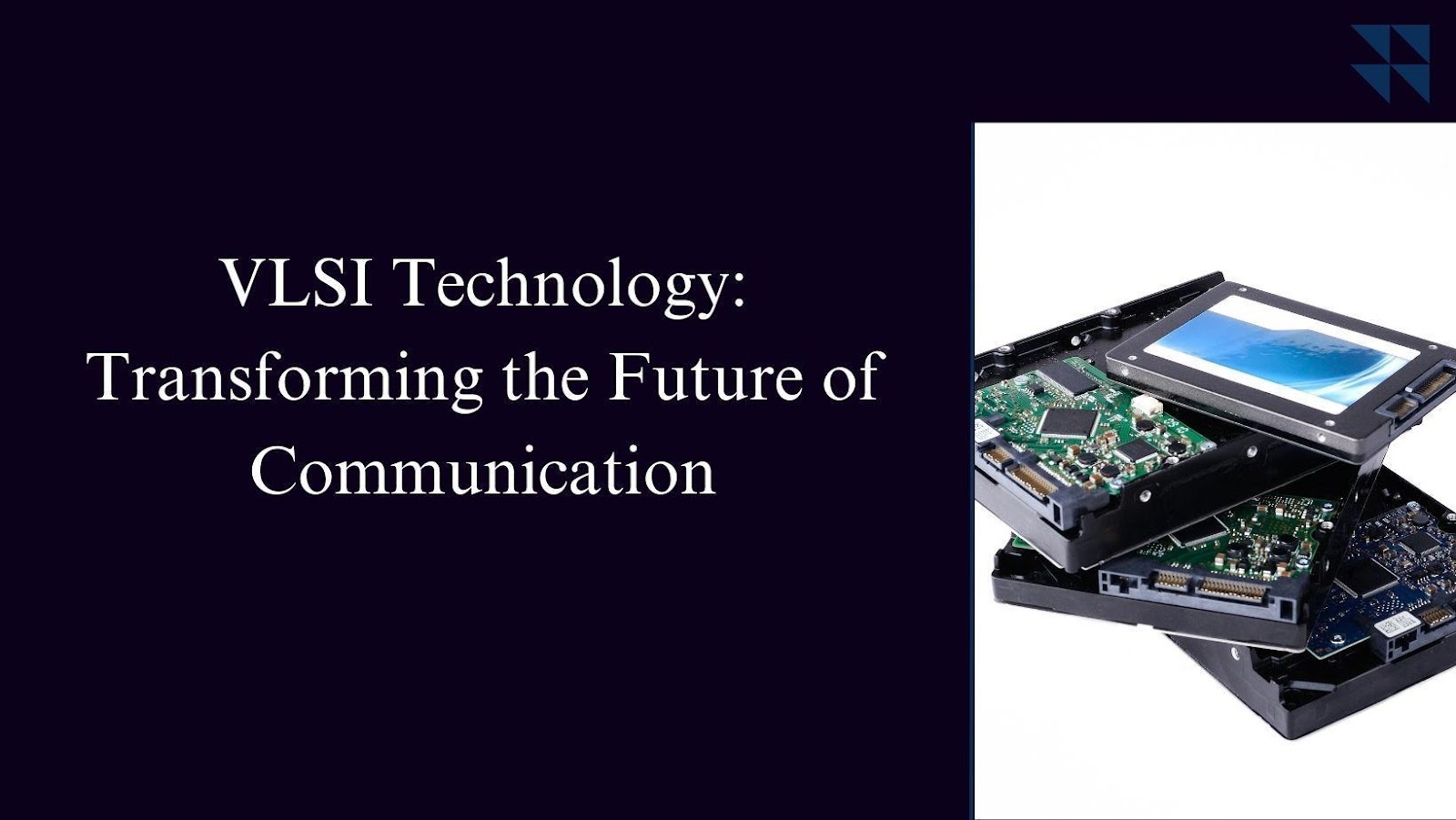An expert in VLSI technology, Bharathi Guvvala explores groundbreaking innovations in modern communication systems. Her research delves into how Very Large Scale Integration (VLSI) technology has reshaped communication infrastructure, enabling higher efficiency, miniaturization, and enhanced connectivity.
Miniaturization: The Heart of VLSI Evolution
VLSI (Very Large Scale Integration) technology has revolutionized electronic design by integrating billions of transistors onto a single chip, significantly enhancing performance and efficiency. This miniaturization has enabled the development of highly compact and powerful communication devices, transforming industries such as computing, telecommunications, and consumer electronics. The advent of System-on-Chip (SoC) technology allows multiple functionalities, including processing, memory, and communication, to coexist on a single chip, reducing power consumption and improving system reliability. This innovation has driven the evolution of smartphones, wearables, and IoT devices, making them sleeker, faster, and more energy-efficient while enhancing connectivity and computational capabilities.
Integration Density: Powering Connectivity
Advancements in VLSI (Very Large Scale Integration) have significantly increased integration density, enabling communication chips to support multiple wireless standards such as 5G, Wi-Fi, and Bluetooth within a single die. This high level of integration reduces signal path lengths, minimizes latency, and improves overall system performance while optimizing power consumption. By embedding diverse functionalities like signal processing, modulation, and error correction, VLSI chips enhance the efficiency and reliability of communication networks. These innovations have driven cost-effective solutions for telecom infrastructure, IoT devices, and satellite communications, ensuring seamless connectivity, faster data transmission, and improved scalability across global communication systems.
Power Efficiency: A Game-Changer in Communication
As communication devices become more compact, efficient power management is essential. VLSI advancements, including dynamic voltage and frequency scaling (DVFS), have drastically reduced power consumption, extending battery life in mobile devices and enhancing energy efficiency in network infrastructure. These innovations lead to sustainable communication solutions, lowering operational costs and supporting eco-friendly technology adoption worldwide.
The Role of VLSI in 5G and Beyond
The widespread adoption of 5G networks is fueled by advancements in VLSI, which enable key technologies like massive MIMO, beamforming, and advanced modulation schemes. VLSI chips facilitate ultra-low latency communication, efficiently handling multiple simultaneous connections for applications in smart cities, autonomous vehicles, and industrial automation. Their ability to integrate high-speed data processing, signal optimization, and energy efficiency ensures seamless connectivity across diverse environments. As the industry advances toward 6G, VLSI will continue to play a critical role in developing even faster, more reliable, and intelligent wireless networks, supporting innovations such as terahertz communication, AI-driven networks, and quantum computing integration.
Semiconductor Manufacturing: Driving Technological Growth
The evolution of VLSI technology is driven by advancements in semiconductor manufacturing, particularly nanometer-scale fabrication, which increases transistor density, enhances performance, and lowers costs. Innovations in lithography, materials science, and process control have enabled the production of high-speed, power-efficient communication chips. These advancements support next-generation wireless networks, AI-driven applications, and energy-efficient computing, shaping the future of modern electronic systems.
Enhancing Signal Processing and Protocol Implementation
Modern VLSI designs incorporate advanced signal processing techniques to enhance communication efficiency. Digital modulation schemes like QAM and OFDM, enabled by VLSI architectures, optimize spectral efficiency and power management, ensuring seamless data transmission. Additionally, hardware-based error correction mechanisms, such as LDPC and Turbo codes, improve data integrity, minimize transmission errors, reduce latency, and enhance the reliability of real-time communications, supporting applications like 5G, IoT, and satellite networks.
The Future: Quantum Computing and VLSI
Looking ahead, VLSI technology is set to integrate with emerging fields like quantum computing. The potential for quantum-enabled communication networks could redefine security and data processing capabilities. As VLSI continues to push the boundaries of integration and power efficiency, it will play a pivotal role in the future of global communication.
In conclusion, Bharathi Guvvala’s research highlights the transformative impact of VLSI on communication systems. From miniaturization and power efficiency to advancements in 5G and future quantum applications, VLSI technology continues to drive progress in connectivity. As communication networks evolve, VLSI will remain a critical enabler of innovation, shaping the digital landscape for years to come.





























